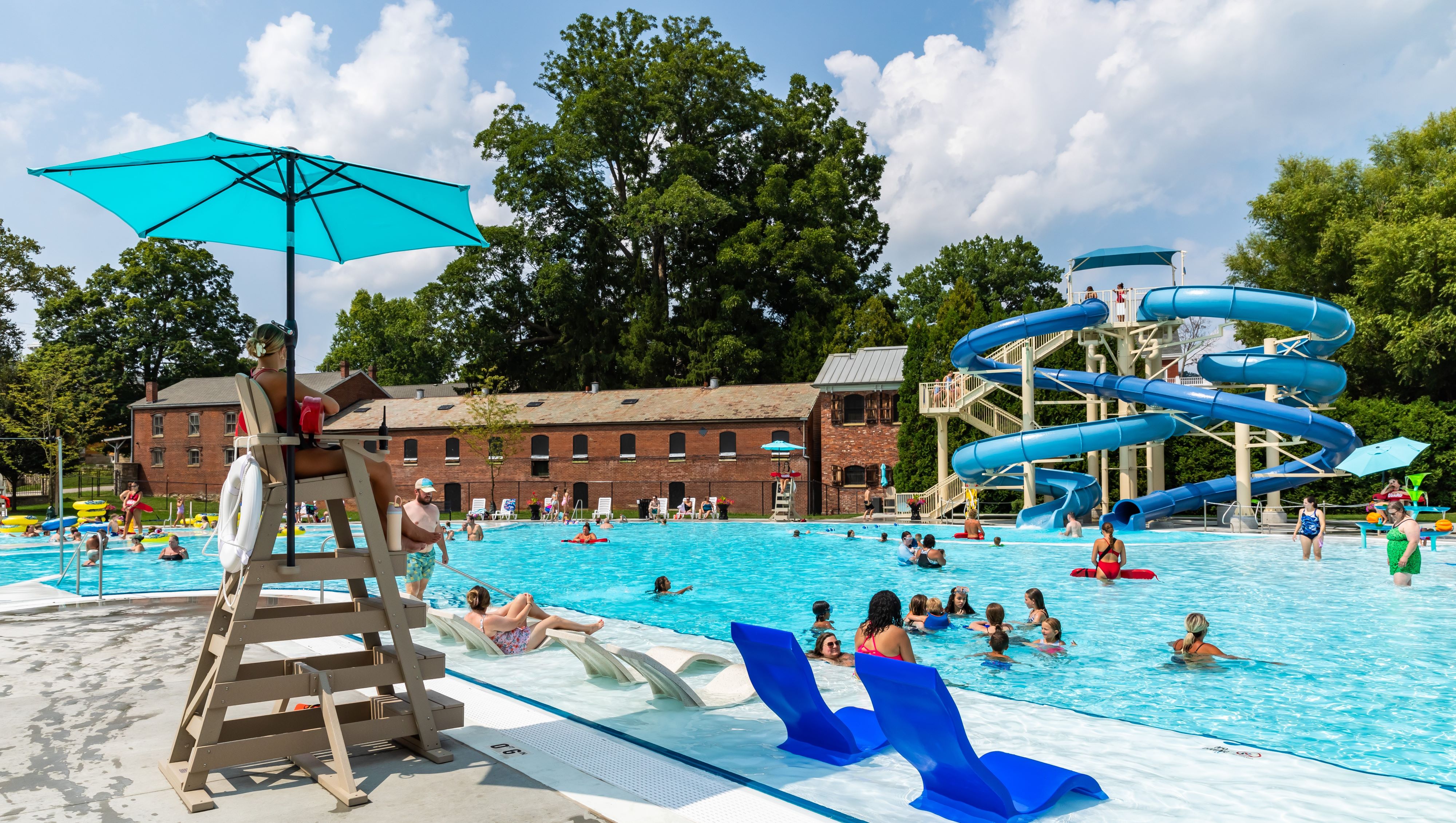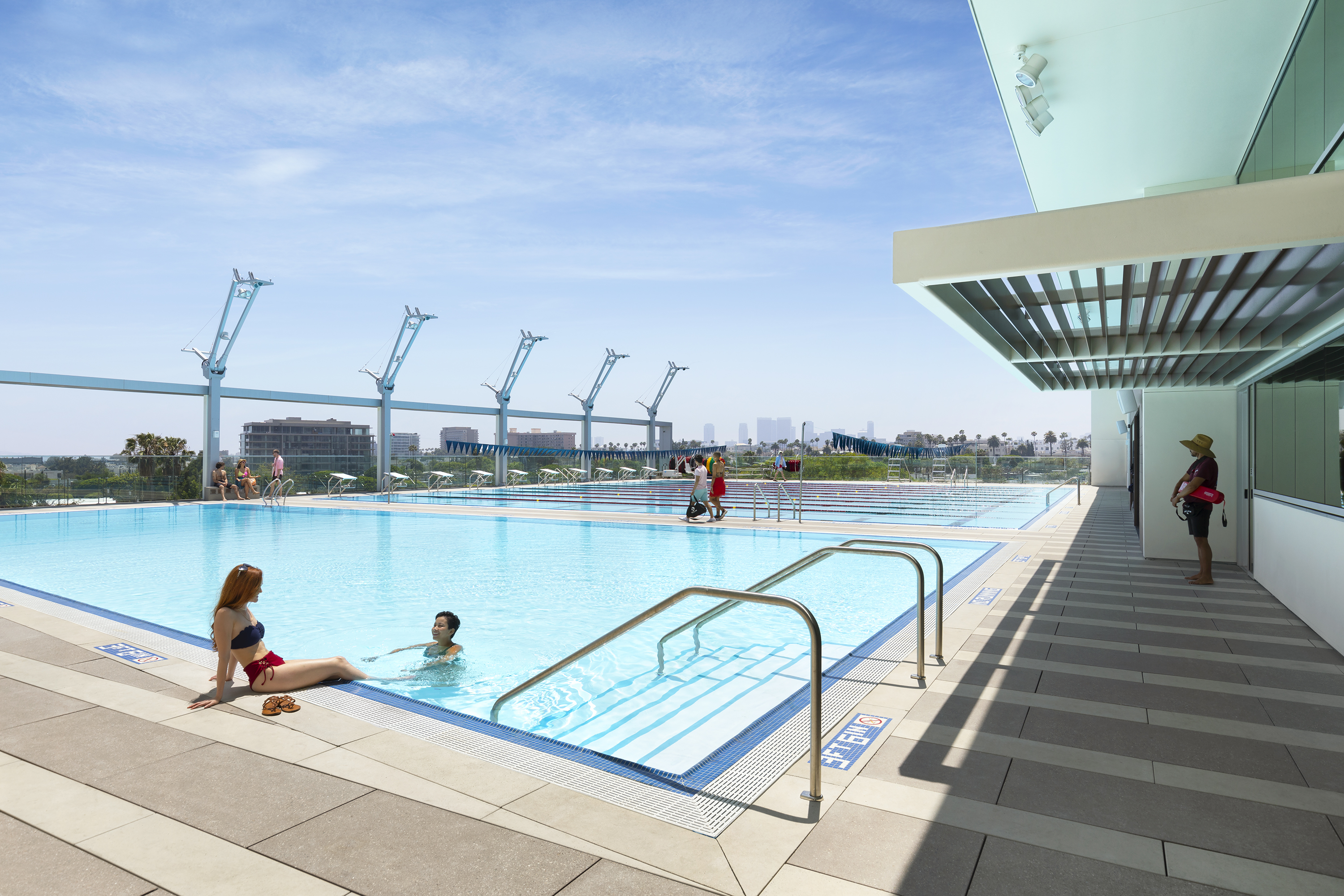This rustic poolscape takes advantage of meticulous stonework to create a pastoral retreat.
Fred Callander, owner of Callander’s Nursery, used irregular bluestone to form the pool’s coping and map a path down from the house patio to the pool area. The bluestone measures approximately 2.5 inches thick, and is cut and chipped for a tight fit around the pool.
“The irregular bluestone actually extends into the terrace to make the transition more subtle,” Callander says. “The colors and textures complement [each other] very well.”
The terrace is composed of man-made cobble, which is distressed for a more natural appearance. And it’s lighter in color to absorb less heat than the bluestone.
The pool, conversely, heats faster because of the liner’s dark color. “I prefer the darker liners because they heat up and show reflections,” says builder Ed Keil, president of Keil’s Pools. “They also go better with bluestone to help blend [everything in].”
Callander normally uses a black or dark gray liner without a pattern to achieve this effect. “The most important part of the liner is the top 6 inches above the waterline,” he notes. “If you’re going to the extra expense of stone coping, the liner should complement it.”
Artful borders
The client wanted a dive rock as part of the aquascape, so Callander installed one in the far corner, hanging slightly over the coping. The weight of the boulder is supported underneath by a 24-inch concrete pillar that extends beyond the ground’s frost line.
To help fill in the landscape, he used a number of other large boulders that were unearthed during pool excavation. An incline covered with shrubbery directly behind the diving rock lends a sense of wilderness to the scene — and also helps conceal the pool equipment pad.
Though the yard’s fencing is ancillary to the project, Callander took special care to prevent any background eyesores. “Usually in [installing] a fence, it’s very difficult to meet code and still make it aesthetically pleasing,” he says. “We normally try to push the enclosure out so it isn’t noticed.”
This fence is made of Western red cedar, and the nonclimb wire required by the state barrier code is hidden as much as possible.



